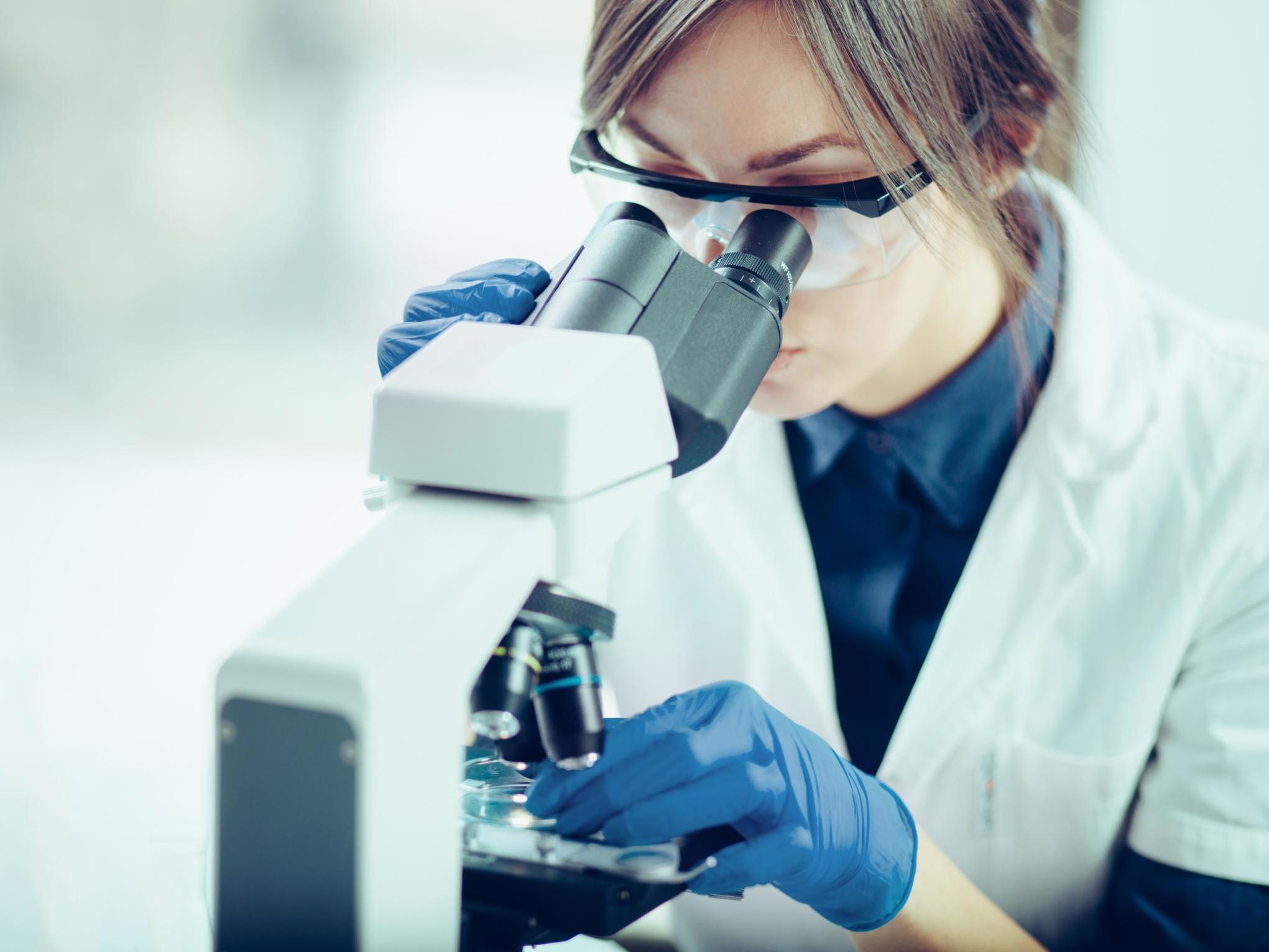The Independent's journalism is supported by our readers. When you purchase through links on our site, we may earn commission.
This is why I’ve written 500 biographies of female scientists on Wikipedia
From bias in peer review and unfair allocation of grant funding to sexual harassment and a gender pay gap, the scientific community certainly has a lot of work to do

In 2017 I read a book that changed my life. Angela Saini’s Inferior: The True Power of Women and the Science That Shows It is a powerful look at the science behind the stereotypes that have excluded women from contributing to society.
The book was so important to me that I took it around the world, giving it to impressive scientists and engineers I met at conferences, workshops and national science facilities. I’ve given it out to all the work experience students who have worked in my lab at Imperial College London, to make sure they know that if they ever feel inadequate it is not their fault.
In the past year, Inferior has become much more than just a book – it has started a global movement.
It has given me the confidence to speak up and call out bad behaviour, the evidence to challenge outdated opinions and a network of allies to turn to for advice. Last year my friends and I successfully campaigned to get a copy of it in every state school in the UK, and we have similar campaigns in New York and Canada.
Whether it is Caroline Kennard defending women’s intellect to Charles Darwin or Dr Amy Parish identifying that bonobos live in a matriarchy, Inferior is full of inspirational women who were defiant in the face of sexism – and I wanted to become one of them.
In 2016, half of the state schools in the UK submitted no girls to study A-Level physics. The underrepresentation of girls isn't because of ability — boys and girls perform equally well at every stage of their education — or innate interest, but because of a society that tells children that they are good at different things. Whether it’s picture books, textbooks, on television or in their clothes and toys, girls are told from a very young age science is not for them.
Take the world’s most popular encyclopaedia, Wikipedia. Whether you want to check a fact or learn something new, Wikipedia will likely be the first place you turn. On English language Wikipedia, only 17.8 per cent of all biographies are about women, and women scientists are particularly badly represented.
I’ve spent the last year trying to improve the representation of women scientists and engineers on the site. This is partly to better celebrate the important contributions of underrepresented groups to our understanding of the world, as well as an attempt to increase the chances that you stumble across the biography of a woman scientist while you click around the site. I have just written my 500th biography.
This journey has taken me from mechanical engineering to artificial intelligence, from botany to computational chemistry. I’ve learnt about Dr Gladys West, an African-American woman born in the 1930s who was an early pioneer in GPS technology – and was inducted into the US Air Force Hall of Fame earlier this year. And Dawn Shaughnessy, whose team of chemists at the Lawrence Livermore National Laboratory in California discovered five of the super-heavy elements in the Periodic Table.
I’ve learnt about Jacqui Cole, a chemist and engineer in Cambridge with two PhDs and four bachelor’s degrees, and Sam Giles, a palaeobiologist in Birmingham who studies the fossils of fish to understand the evolution of life.
There’s the sensational structural engineer Roma Agrawal, who led the team of engineers responsible for completing Western Europe’s tallest tower, the Shard, and wrote the most enjoyable and accessible book on structural engineering that has ever existed.
In a recent letter to the Guardian, Professor Dame Julia Higgins wrote that “we all have a role to play in tackling the barriers that girls face”. Higgins is president of the Institute of Physics, which has spent the past 20 years campaigning to improve gender balance in physics classrooms around the UK, and recently launched Gender Action, an award scheme to recognise school commitment to challenging stereotypes.
I acknowledge that increasing the number of girls studying physics and engineering is only part of the challenge – the academic community needs to be ready to welcome them. From bias in peer review and unfair allocation of grant funding, to sexual harassment and a gender pay gap, the scientific community certainly has a lot of work to do. Academic science is pretty similar to Hollywood: power imbalances and cultures of silence can allow bad behaviour to go unchallenged.
If you’re interested in the barriers that women scientists face and the worldwide efforts to confront them, I recommend you turn to the recent Lancet theme issue on Women in Medicine and Global Health.
The lack of diversity in science is more than just unfair – it impacts the science we do and the systems we create. Fifty years after Jocelyn Bell-Burnell discovered pulsars (a scientific breakthrough that would win her supervisor the Nobel Prize), she was awarded the Breakthrough Prize for Science. Recognising that “minority folk bring a fresh angle on things”, Bell-Burnell is using all of the money to create postgraduate research opportunities for people from underrepresented groups. On this International Day of Women and Girls in Science, that should be an example to us all.
Dr Jess Wade is a British physicist
Join our commenting forum
Join thought-provoking conversations, follow other Independent readers and see their replies
0Comments